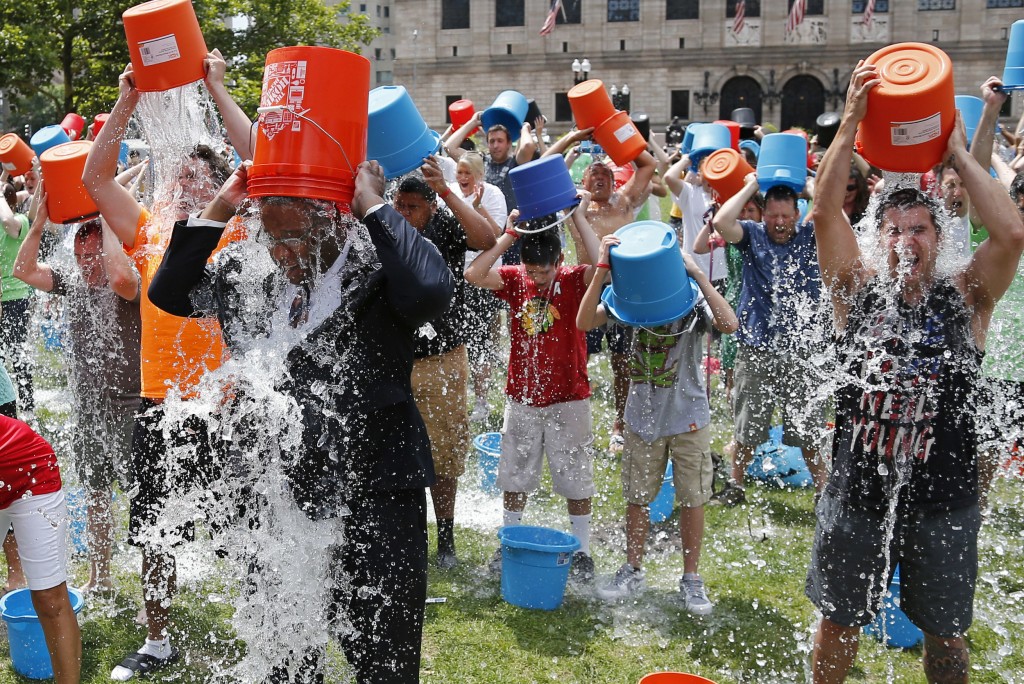What began as a challenge between friends quickly became an international phenomenon, and a cliché for the power of social media. Yes, we’re talking about the #ALSIceBucketChallenge – arguably the winning viral trend of the year.
If you’ve logged on to social media over the last three weeks, you’ve seen the videos: a thanks to a friend, a quick douse of cold water, and a challenge extended to someone else. If you haven’t – we admire your ability to live off the grid.
Celebrities have joined in, the “fails” have made the rounds, the State Department has banned it, and even politicians have joined in on the fun. Love it or hate it, the organic campaign has managed to raise $100 million for an organization who’s annual fundraising hovers at approximately $25 million, and created awareness for a terrible disease that largely flies under the radar.
What we here at Soundbytes love about the campaign is how it has been able to reach people across the world, in all walks of life, to get them talking about the same issues. Here are four takeaways we’ve learned from this viral campaign:
1) Videos are the medium of choice: Facebook recently phased in auto-play videos into its NewsFeed, making them catchier as you scroll through. Moreover, it’s current algorithm puts videos at the top of your NewsFeed, above all other posts. While Twitter has yet to allow videos, Instagram has also introduced video capabilities within the last six months. There’s no denying it — videos are more important than ever for social media. You can easily skim over a post asking for a donation, but it’s hard to ignore a video of someone dumping a bucket of ice over their heads.
2) Make it personal: The genius in the campaign lied in the fact that friends were asked to challenge each other to compete — you had to be asked to participate. By using this personal call to action, no one could avoid either participating or donating. More importantly, this created an authenticity to the campaign that made people excited to participate. The more contrived a campaign feels, the less likely people will share it. Which brings us to…
3) Make it shareable: What kept the Ice Bucket Challenge all over our social media networks for so long was just how shareable it was. The videos were short, highly visual,  and usually very funny. A simple thirty second video shot on a cell phone sufficed to allow someone to participate, with no fancy equipment required. The videos could be posted to any network, allowing them to go viral across social platforms.
and usually very funny. A simple thirty second video shot on a cell phone sufficed to allow someone to participate, with no fancy equipment required. The videos could be posted to any network, allowing them to go viral across social platforms.
4) Simplicity matters: The best part about the challenge was that it was simple: either douse yourself in chilly water or donate, ask someone else to do the same, and make sure to you tag #ALSIceBucketChallenge. How much effort you wanted to put into make the video was up to you (we all couldn’t manage this), but all you really needed was a bucket and some water to participate — anyone at any age could participate. By keeping it simple, the message was able to spread across the internet like wildfire.
Did you participate in the Ice Bucket Challenge? Do you think it was genius, or an annoying trend? Let us know in the comments!








 See More Blogs
See More Blogs
Comments